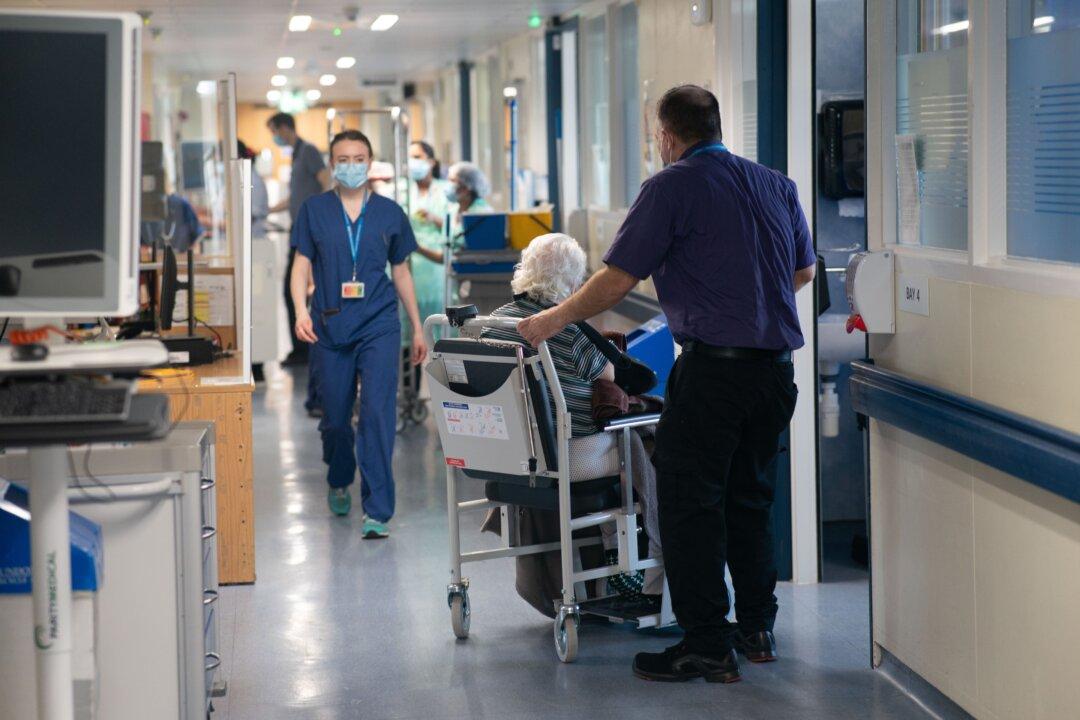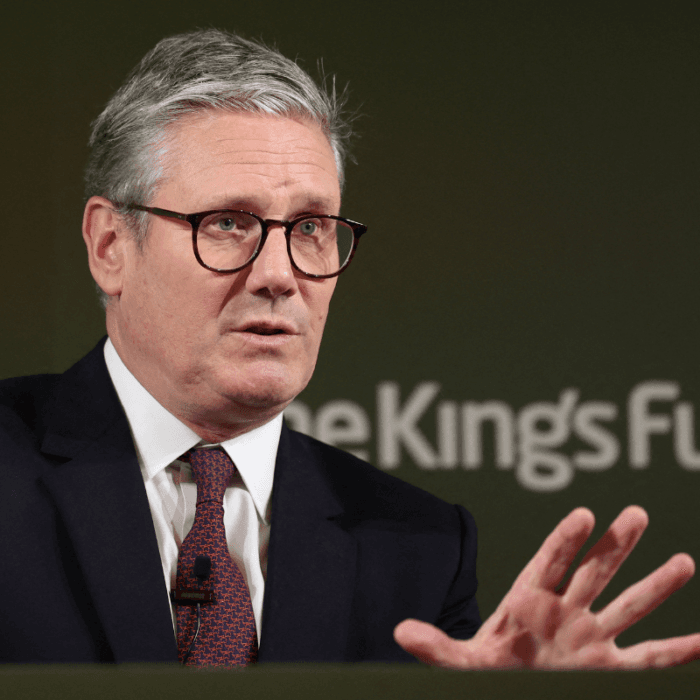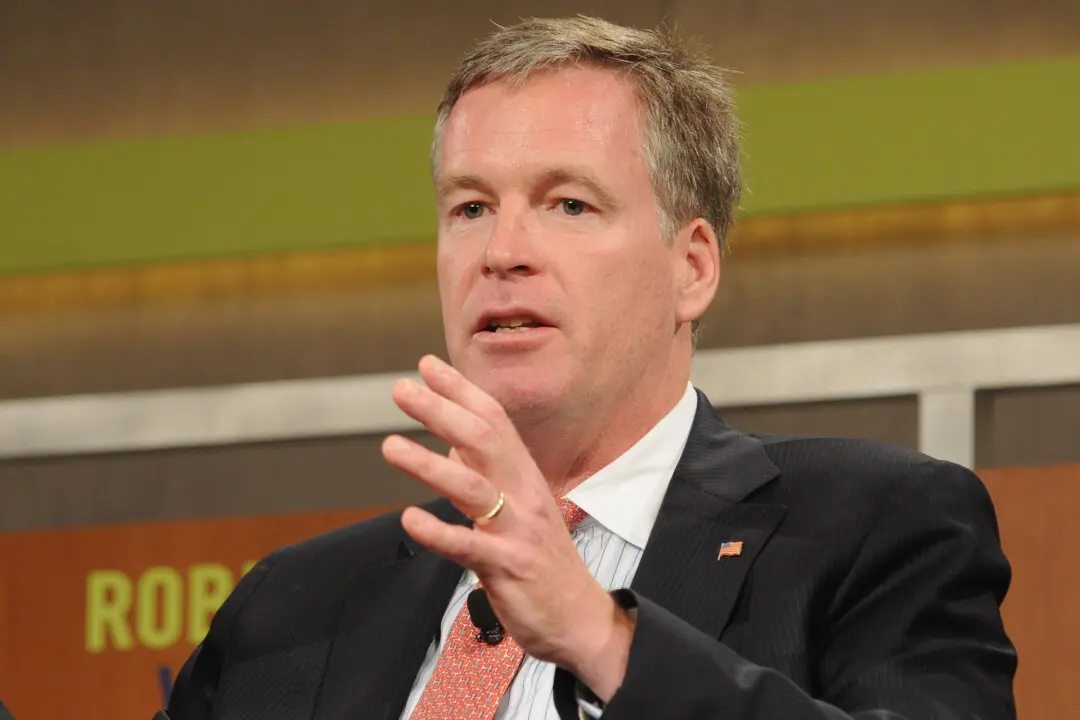The surge in long-term sickness will cause a “triple whammy” to the UK economy, potentially costing taxpayers billions in the coming decades, the Office for Budget Responsibility (OBR) has warned.
Peers heard on Tuesday that if current health trends persist, the country’s borrowing could rise by an additional 4 percent of GDP within the next 50 years—equivalent to more than £100 billion.
OBR Chairman Richard Hughes told the Lords economic affairs committee that another 1 million people could be out of work due to ill-health by 2070.
“It’s a sort of triple whammy in the sense that if the health of the population deteriorates, you lose tax revenue, you spend more in welfare, and you’ve got more pressure on the health service,” he said.
Back to Work
In order to reduce the impact of poor public health on the economy, governments seek to extend working lives, reduce economic inactivity and encourage older people into the workforce.As ministers seek to support more people with health conditions and disabilities into work, the OBR warned that “success rates are relatively low.”
According to Hughes, the impact of these models doesn’t make “huge differences to employment rates or huge amounts of extra revenue or benefit savings”.
Peers heard that “there doesn’t seem to be one clear template that you can just adopt.”
Poor Health
In its plans to achieve an 80 percent employment rate, Downing Street said it will tackle unemployment and economic inactivity. This includes reducing the number of people out of work due to long-term sickness.“Reversing these trends will be key to ensuring the long-term prosperity of the UK’s labour market,” said board chair Paul Gregg.
To reduce the number of people on waiting lists, the government launched its 10-year health plan, focused on preventative health care.
However, Hughes told peers that the economic impact of long-term sickness on the labour market and government revenue has little to do with NHS waiting lists.
A large number of people on the waiting lists are older and no longer working, he said, adding that the treatments they are waiting for are not barriers to work.
The OBR added that the recently announced increase to Employer National Insurance contributions by the Treasury will reduce labour market participation rate by 0.1 percent from 2025-2026 onwards.







